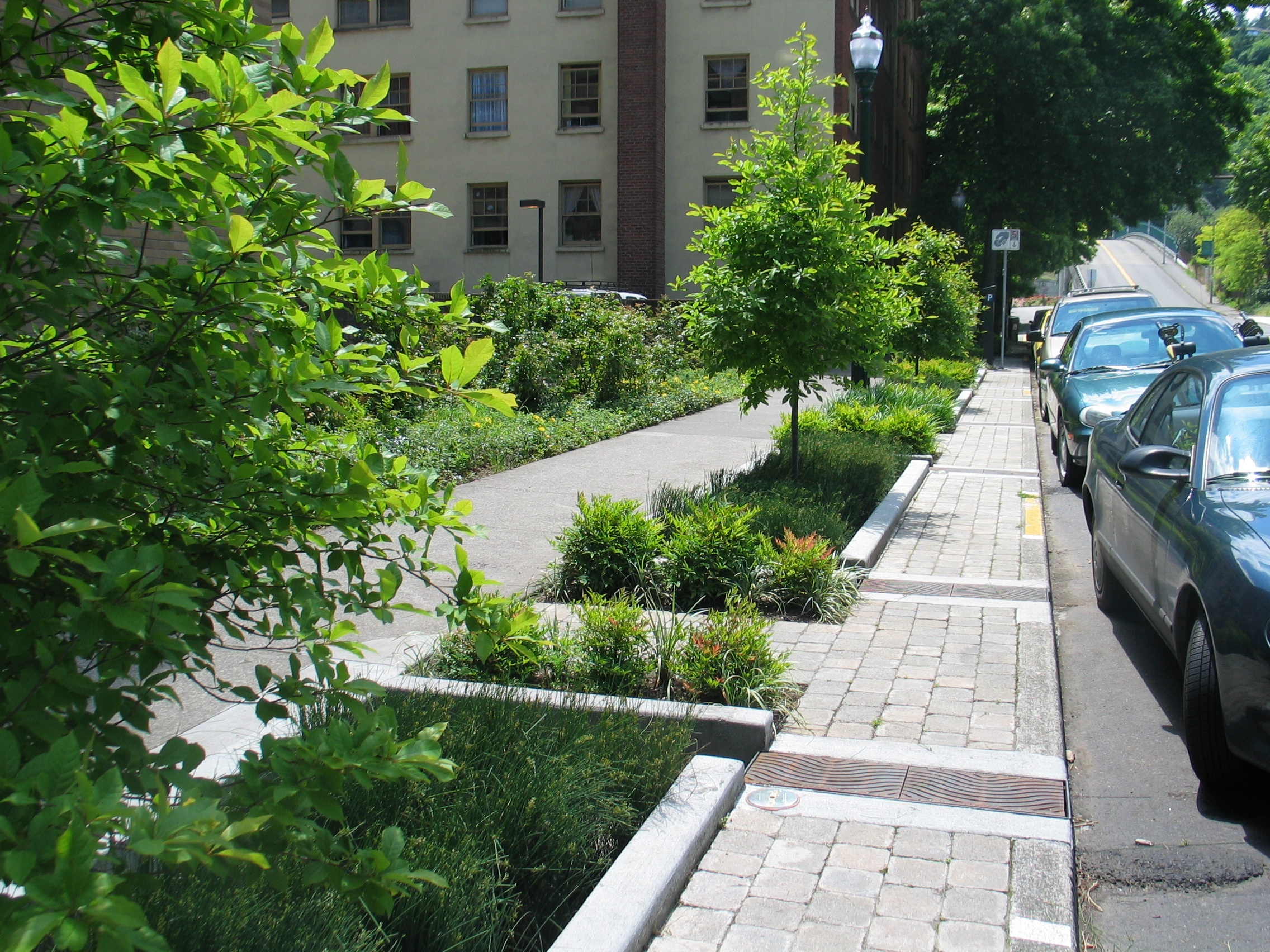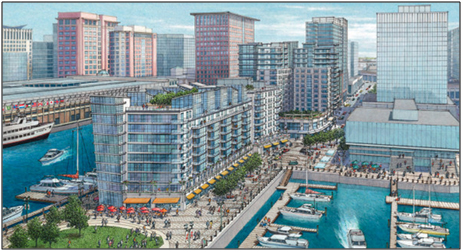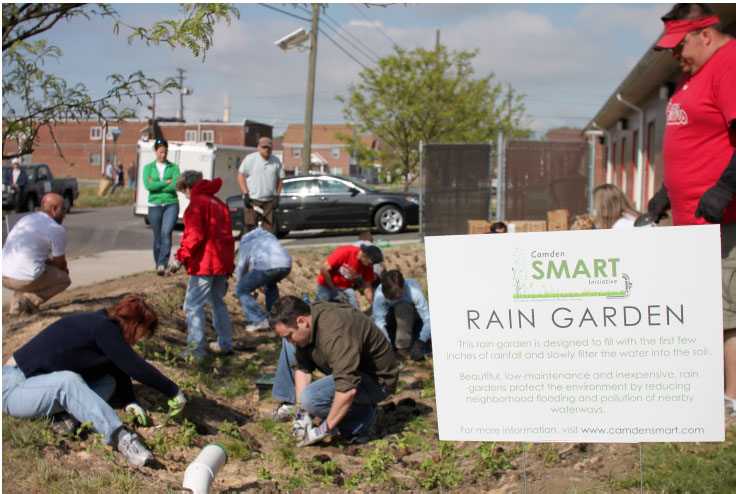New Jersey Future Blog
Building Stronger Communities by Tax Sharing
September 20th, 2001 by Tim Evans
TAXES AND SHARING
- New Jersey’s property tax rates vary widely by community, but with a common pattern: Communities with the largest needs and least ability to pay consistently bear the highest tax rates, while communities boasting the lowest tax rates include our most affluent towns.
- The 24 communities with the highest property tax rates (3.5 percent or higher) also have as a group the lowest median per capita income ($14,070), the highest median unemployment (6.3 percent) and the lowest average home values (median for the group is $116,547) in the state.
- In contrast, the 32 communities with the lowest property tax rates (less than 1.5 percent) have as a group the highest median per capita income ($35,382), a median unemployment rate of only 2.75 percent and the highest average home values (median for this group is $338,836) in the state.
- Communities with the highest property tax rates include Asbury Park, Camden, and Newark, but also Mount Ephraim, Hightstown, South Orange and Belleville. Communities with the lowest property tax rates include many “second home” shore communities such as Ocean City and Bay Head, but also Bedminster, Saddle River, Far Hills and Harding.
- Tax sharing between communities, as currently done in the Meadowlands, not only eases tax burdens and improves quality of life across a region, but also alleviates the need for any community to “chase ratables.”
An idea launched in New Jersey’s Meadowlands in 1972, if adopted by other regions in the state, could ease property taxes for the vast majority of New Jerseyans, and help all communities better control development.
Tax sharing means communities share the tax benefits of new development with their neighbors – just as they share the drawbacks of new development today, from increased traffic and pollution to loss of open space. In the Meadowlands, 14 towns contribute 40 percent of the local tax revenue generated by growth into an inter-municipal account shared by participating communities based on the type of growth and development they’re experiencing, and how much tax base each municipality has lost to public acquisitions, such as preserving open land.
Tax sharing typically means sharing revenues and resources that would have remained with merely a quarter of a region’s population with the other three-quarters. It provides a more equitable distribution of New Jersey’s property tax revenues, and at the same time reduces the need for local communities to chase inappropriate or undesirable new development.
Tax sharing is not a panacea but it is a step in the right direction. (For information about additional property tax reforms, see “20 Ways to Move NJ Toward a More Prosperous, Just and Healthy Future,” on-line at www.njfuture.org).
Facts Contact:
B. Tim Evans, NJF Research Director,
timevans njfuture
njfuture org (timevans
org (timevans njfuture
njfuture org)
org)
















